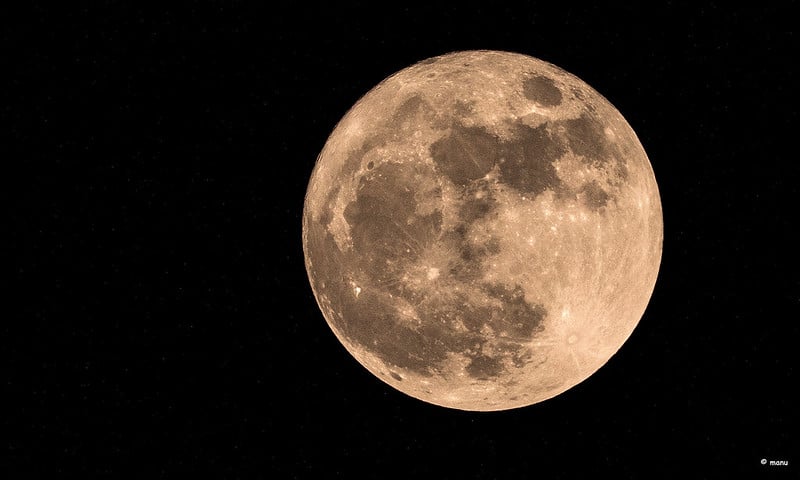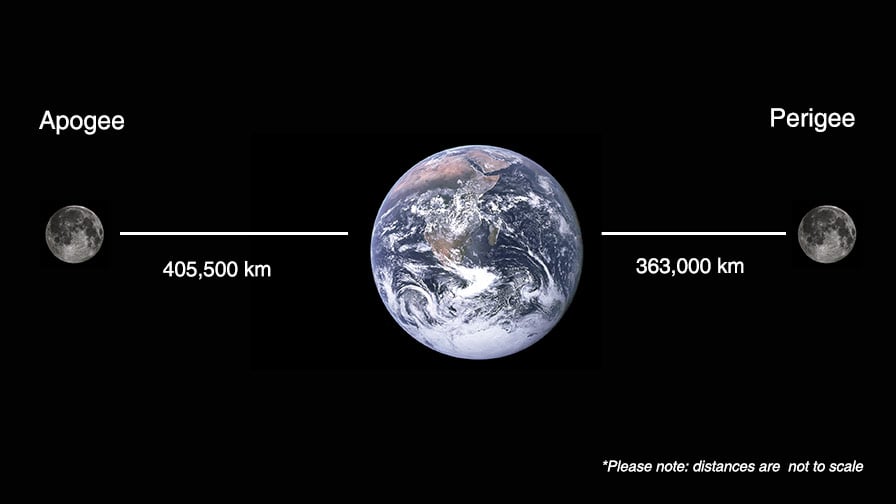April's Super "Pink" Moon Will Be This Year's Biggest And Brightest Full Moon!
Language
Reading Level
Listen to Article

On April 7, 2020, the skies will be lit up with a Super "Pink" Moon — the brightest and biggest full moon we will encounter all year! Though Earth's natural satellite promises to be spectacular, that night, those hoping for a pink hue will be disappointed. April's full moon gets its name from pink wildflowers called phlox that bloom in early spring. Though the moniker is misleading, it is undoubtedly better than the alternative nicknames, which include sprouting grass moon, fish moon, and hare moon!

Supermoons, which are usually about seven percent bigger and 15 percent brighter than the average full moon, occur when the full moon coincides with lunar perigee — the Moon's closest point to Earth in its orbit. On April 7, 2020, the moon will be about 221,773 miles (356,909 km) away from Earth. This is just a few hundred miles further than the November 2016 supermoon, which at 221,524 miles (356,508 km), was the closest distance we have experienced in recent history.

The distance between the Moon and Earth varies because of the satellite's oval orbit, which brings it closer to and farther from Earth as it goes around. The farthest point in this ellipse, called the apogee, takes the moon approximately 253,000 miles (407,164 km) away from Earth. In contrast, during perigee, the Moon generally comes to within 226,000 miles (363, 711 km) of Earth.
Though some people believe that a supermoon's proximity results in earthquakes and tidal waves, scientists have found no correlation. They recommend using the rare opportunity of a supermoon to capture and share spectacular pictures and to reflect on how fortunate we all are to be living on this beautiful planet.
Resources: NASA.gov, earthsky.org